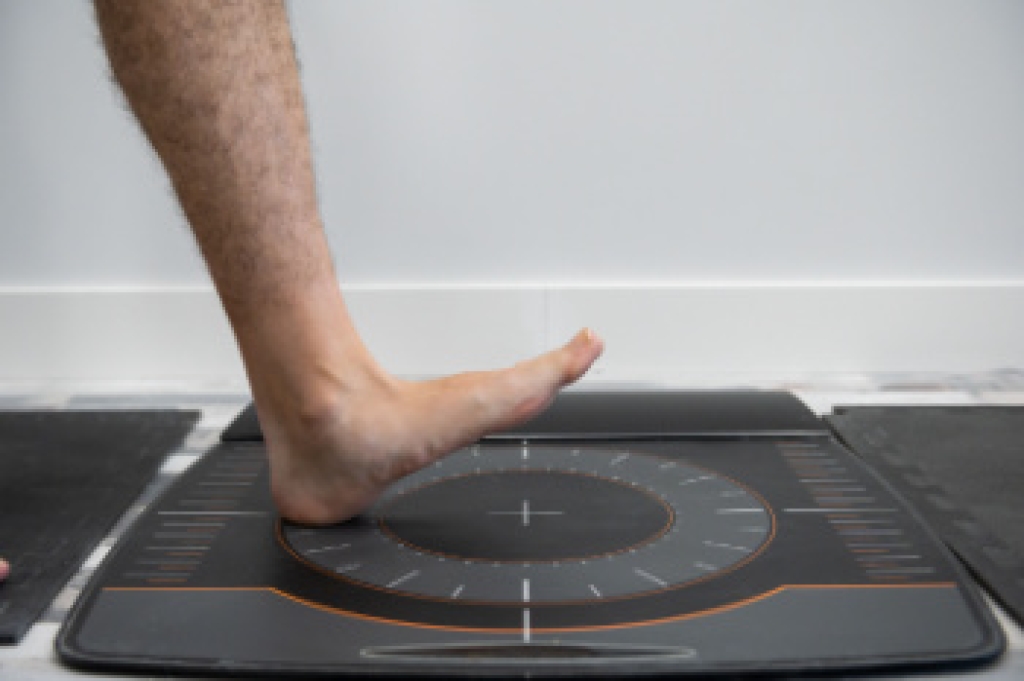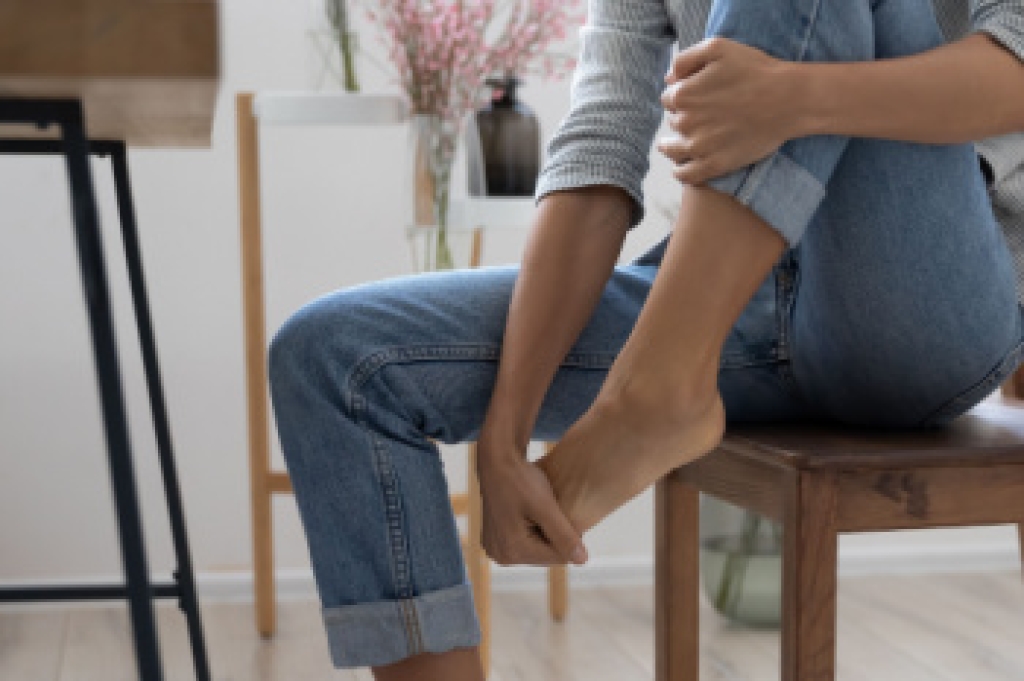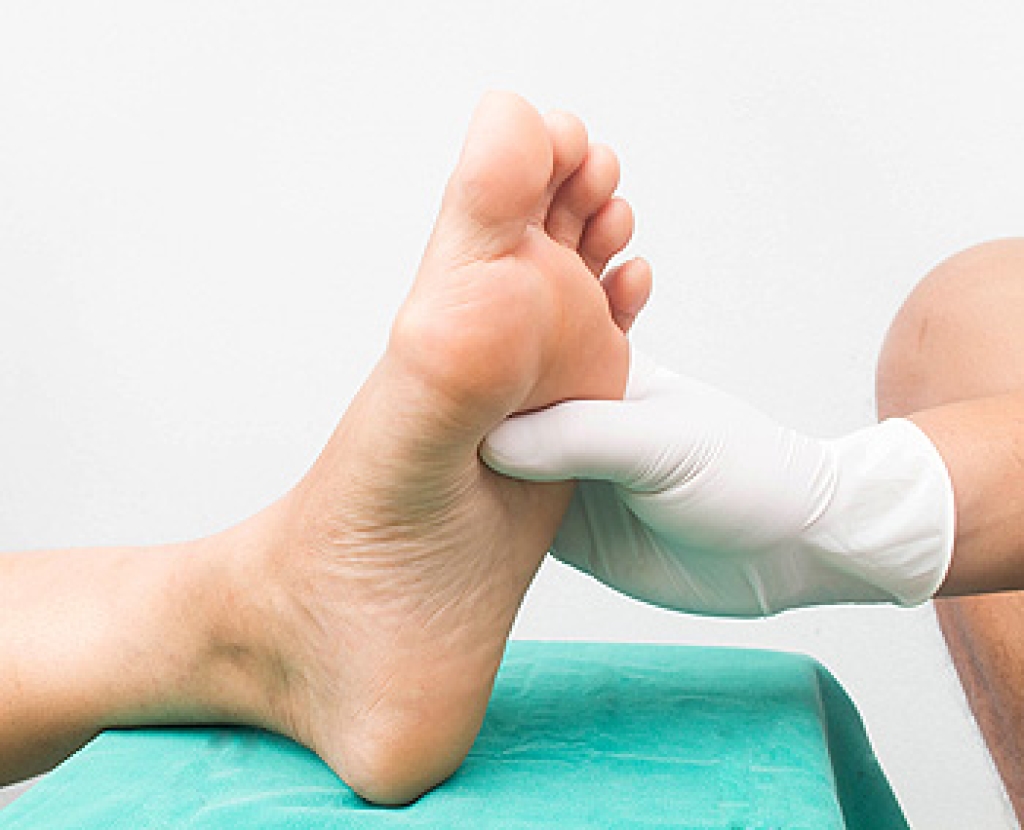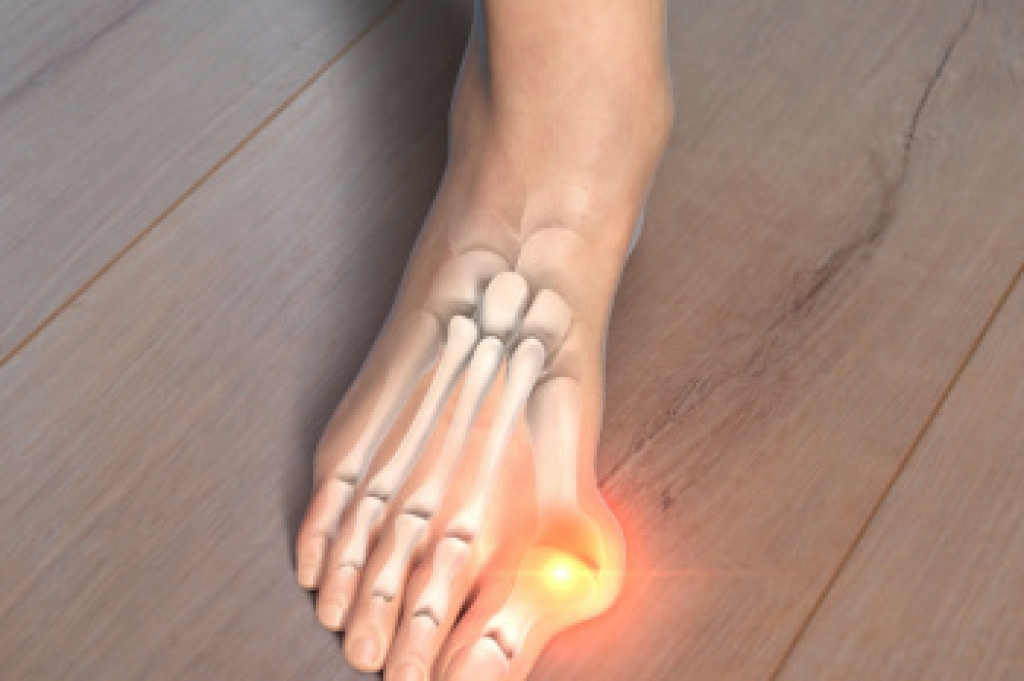
The foot’s structure is a marvel of anatomical design, consisting of 26 bones, numerous ligaments, and several joints that work harmoniously to support movement and balance. The major bones include the calcaneus, talus, and metatarsals, which form the framework of the foot. Ligaments, such as the plantar fascia and the deltoid ligament, provide stability and help maintain the arch. The ankle joint, where the tibia and fibula meet the talus, allows for flexibility and movement, which is essential for walking and running. Together, these components facilitate a range of movements while absorbing impact and distributing weight evenly. If you have injured your foot, it is suggested that you consult a podiatrist who can treat any foot condition, and can answer any questions you may have about the foot’s structure.
If you have any concerns about your feet, contact Vincent, Vess from Fourth River Foot & Ankle. Our doctor can provide the care you need to keep you pain-free and on your feet.
Biomechanics in Podiatry
Podiatric biomechanics is a particular sector of specialty podiatry with licensed practitioners who are trained to diagnose and treat conditions affecting the foot, ankle and lower leg. Biomechanics deals with the forces that act against the body, causing an interference with the biological structures. It focuses on the movement of the ankle, the foot and the forces that interact with them.
A History of Biomechanics
- Biomechanics dates back to the BC era in Egypt where evidence of professional foot care has been recorded.
- In 1974, biomechanics gained a higher profile from the studies of Merton Root, who claimed that by changing or controlling the forces between the ankle and the foot, corrections or conditions could be implemented to gain strength and coordination in the area.
Modern technological improvements are based on past theories and therapeutic processes that provide a better understanding of podiatric concepts for biomechanics. Computers can provide accurate information about the forces and patterns of the feet and lower legs.
Understanding biomechanics of the feet can help improve and eliminate pain, stopping further stress to the foot.
If you have any questions please feel free to contact our offices located in Pittsburgh, White Oak, and McKeesport,PA . We offer the newest diagnostic and treatment technologies for all your foot and ankle needs.

 Diabetic foot
Diabetic foot

